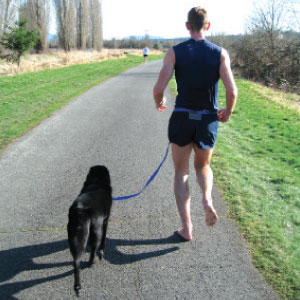
There is a movement supporting barefoot and “minimalist footwear” running
In the last several years, the “toning” or “fit” shoe has inundated the fitness market with claims to burn more calories, improve posture and endurance, decrease the pain of arthritis and tone leg muscles. These shoes have a rocker bottom or curved sole that was created to provide an unstable walking base and mimic the natural environment. This “uneven” surface is thought to make ankle and foot muscles work harder to maintain body balance, thus strengthening the muscles and enhancing benefits of walking.
Sketcher Shape-Ups, the MBT shoe and Reebok Easy Tones, all tout additional benefits that strengthen the muscles of the back, abdomen, buttocks. They claim to reduce body fat and also improve cardiovascular endurance. As of March, there are only two controlled research studies that compare these toning shoes to traditional shoes, and the studies do not provide the evidence necessary to support the fitness claims. However, there is no evidence that they are harmful either, and they may benefit some patients with low back and knee pain.
Adding fuel to the fitness craze is the antithesis of the shoe, barefoot running. Many health practitioners suggest that shoeless running is “kinder and gentler” to the body. There is basic science demonstrating that during shoeless running the side of the foot strikes the ground first and dissipates forces more evenly as the foot pronates on impact. In contrast, running in shoes distributes impact away from the arch to the heel and hind foot. Oxygen usage increases 4-5% when wearing shoes while running.
Are we witnessing less impact injuries in shoeless running? Do shoeless runners out perform shoed runners? There is no clinical research that supports this contention. There are many elite runners who have succeeded in transitioning to shoeless training and running. However, the same elite, world-class runners wear shoes for competitions.
To shoe or not to shoe? That is the question! If one considers the data, most athletes–whether elite or recreational – are not likely to see significant gains from either the toning shoe or by running shoeless. The toning shoe creates a rolling, unnatural gait that propels you forward, requiring solid balance and braking skills that are awkward and difficult to master for most individuals. Running barefoot obviously requires ideal surfaces, a change in technique, a tedious transition and adaptation. While neither appears harmful, few clients in my practice have adapted to toning shoes and even fewer to running barefoot. Is either harmful? In general, no.
Dr. Jon McLennan specializes in Orthopaedic Surgery and Sports Medicine and is located at JFK Orthopedics in La Quinta. Dr. McLennan can be reached at 760.777.8282. Visit www.OrthopaedicSportsMedicineLaQuinta.com







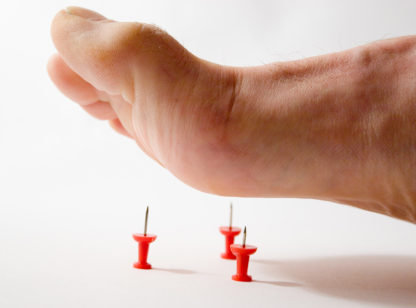
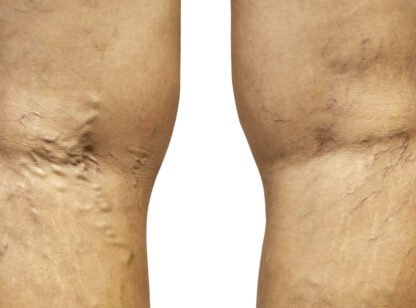
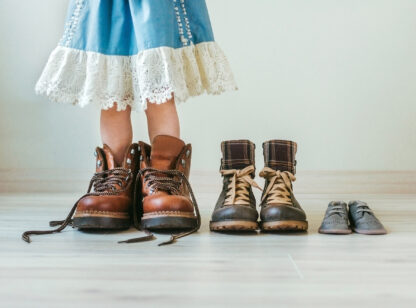
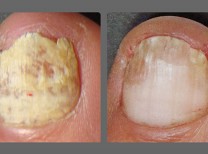
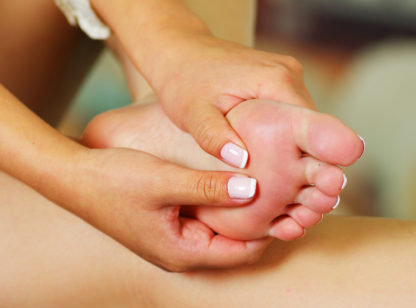
































Comments (0)